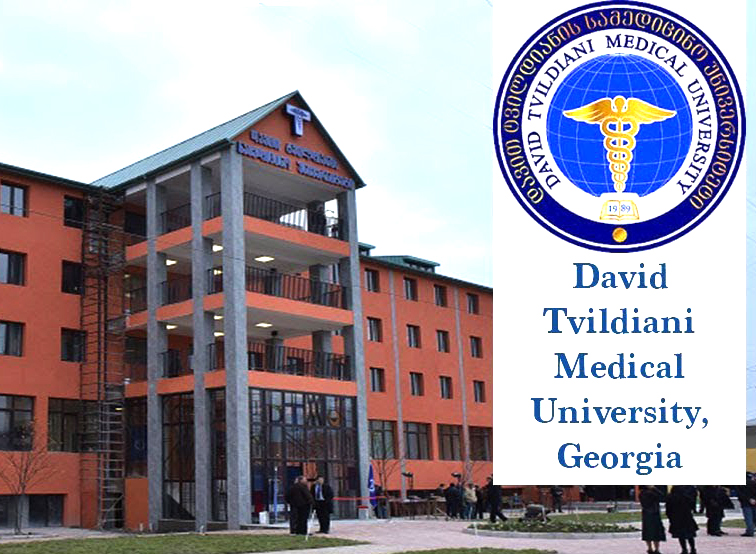Proteins are important building blocks for all body parts, including muscles, bones, hair, and nails. Proteins circulate throughout the body in the blood and are normally harmless. Occasionally, cells produce abnormal proteins that can settle in body tissue, forming deposits and causing disease. When these deposits of abnormal proteins were first discovered, they were called amyloid, and the disease process amyloidosis.
In recent years, researchers have discovered that different kinds of proteins can form amyloid deposits and have identified several types of amyloidosis. Two of these types are closely related to kidney disease. In primary amyloidosis, abnormal protein production occurs as a first step and can lead to kidney disease. Dialysis-related amyloidosis (DRA), on the other hand, is a result of kidney disease.
Primary Amyloidosis
Primary amyloidosis occurs when the body's antibody-producing cells do not function properly and produce abnormal protein fibers made of antibody fragments. Some people with primary amyloidosis have a condition called multiple myeloma. The antibody fragments come together to form amyloid deposits in different organs, including the kidneys, where they cause serious damage. Injured kidneys can't function effectively and may be unable to remove urea and other wastes from the blood. Elevated levels of these protein fibers can also damage the heart, lungs, brain, and digestive system.
One common sign of kidney amyloidosis is the presence of abnormally high levels of protein in the urine, a condition known as proteinuria. Healthy kidneys prevent protein from entering the urine, so the presence of protein may be a sign that the kidneys aren't working properly. A physician who finds large amounts of protein in the urine may also perform a biopsy-take a small sample of tissue for examination with a microscope-to confirm amyloidosis.
Current treatments are aimed at slowing the progression of amyloid build-up. Combination drug therapy with melphalan, a cancer drug, and prednisone, an anti-inflammatory steroid drug, may improve organ function and survival rates by interrupting the growth of the abnormal cells that produce amyloid protein. These are the same drugs used in chemotherapy to treat certain cancers, such as multiple myeloma, and they may have serious side effects, such as nausea and vomiting, hair loss, and fatigue.
Some clinics have reported promising results treating amyloidosis by transplanting the patient's own blood stem cells to replace diseased or damaged bone marrow. The therapy also requires high doses of melphalan, so side effects can be serious. Patients with heart problems may not be considered for this treatment.
Dialysis-Related Amyloidosis
Normal kidneys filter and remove excess small proteins from the blood, thus keeping blood levels normal. When the kidneys don't work properly, as in patients receiving dialysis, one type of small protein called beta-2-microglobulin builds up in the blood. When this occurs, beta-2-microglobulin molecules may join together, like the links of a chain, forming a few very large molecules from many smaller ones. These large molecules can form deposits and eventually damage the surrounding tissues and cause great discomfort. This condition is called dialysis-related amyloidosis (DRA).
DRA is relatively common in patients, especially older adults, who have been on hemodialysis for more than 5 years. Hemodialysis membranes that have been used for many years don't effectively remove the large, complex beta-2-microglobulin proteins from the bloodstream. Newer hemodialysis membranes, as well as peritoneal dialysis, remove beta-2-microglobulin more effectively, but not enough to keep blood levels normal. As a result, blood levels remain elevated, and deposits form in bone, joints, and tendons (the tissue that connects the muscle to the bone). DRA may result in pain, stiffness, and fluid in the joints. Patients with DRA may also develop hollow cavities, or cysts, in some of their bones; these may lead to unexpected bone fractures. Amyloid deposits may cause tears in ligaments and tendons. Most patients with these problems can be helped by surgical intervention.
Half of the people with DRA also develop a condition called carpal tunnel syndrome, which results from the unusual buildup of protein in the wrists. Patients with this condition may experience numbness or tingling, sometimes associated with muscle weakness, in their fingers and hands. This is a treatable condition. Unfortunately, no cure for DRA has been found, although a successful kidney transplant may stop the disease from progressing. However, DRA has caught the attention of dialysis engineers, who are attempting to develop new dialysis membranes that can remove larger amounts of beta-2-microglobulin from the blood.






